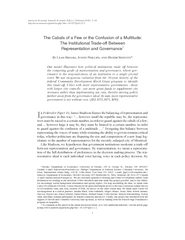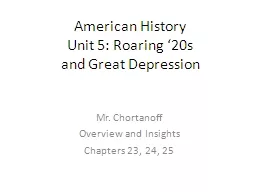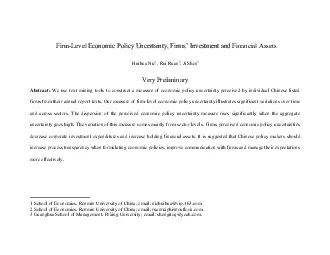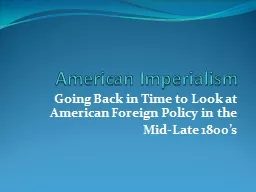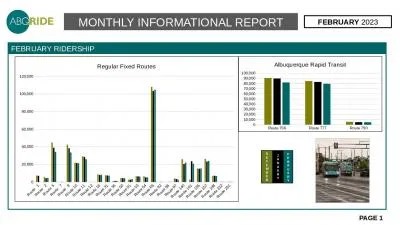PDF-American Economic Journal Economic Policy February
Author : pamella-moone | Published Date : 2015-05-10
aeaweborgarticlesphpdoi 101257pol311 n Federalist Paper 10 James Madison frames the balancing of representation and governance in this way however small the republic
Presentation Embed Code
Download Presentation
Download Presentation The PPT/PDF document "American Economic Journal Economic Polic..." is the property of its rightful owner. Permission is granted to download and print the materials on this website for personal, non-commercial use only, and to display it on your personal computer provided you do not modify the materials and that you retain all copyright notices contained in the materials. By downloading content from our website, you accept the terms of this agreement.
American Economic Journal Economic Policy February: Transcript
Download Rules Of Document
"American Economic Journal Economic Policy February"The content belongs to its owner. You may download and print it for personal use, without modification, and keep all copyright notices. By downloading, you agree to these terms.
Related Documents

